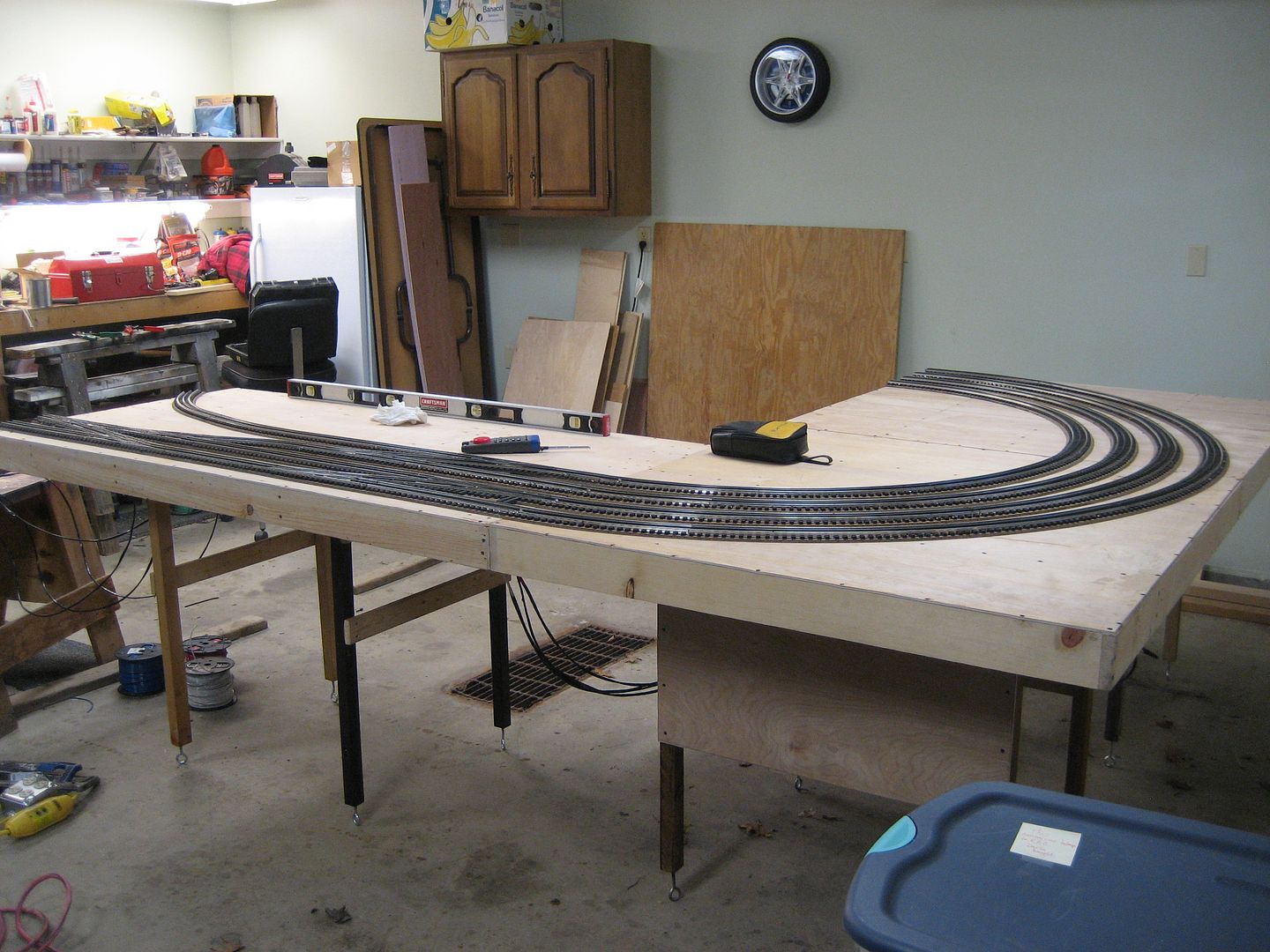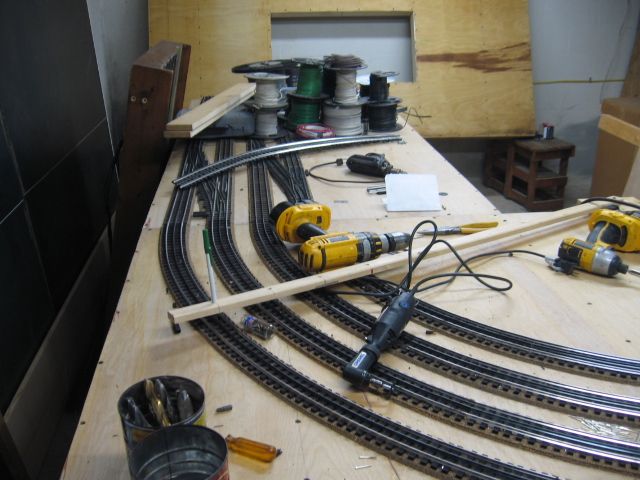I want to get rid of my Lionel O27 track, and replace it with Gargraves, which looks better, and hopefully my trains will run better using it. Just to try it out, I bought four used pieces of the Gargraves flex track on line, and tried to bend it. It seems it will take a lot of effort to bend it, and I was afraid of breaking it if I used too much strength. Is this track that difficult to bend? I'm wondering if the guy I bought it from sent me the regular straight sections by mistake.
Also, if it is in fact the flex track, I need to bend one piece into a thirty degree radius. It looks like the ties will get in the way if I attempt it.
Any tips and answers will be appreciated. And if this seller sent me the wrong track, I need to contact him. Thank you.




















